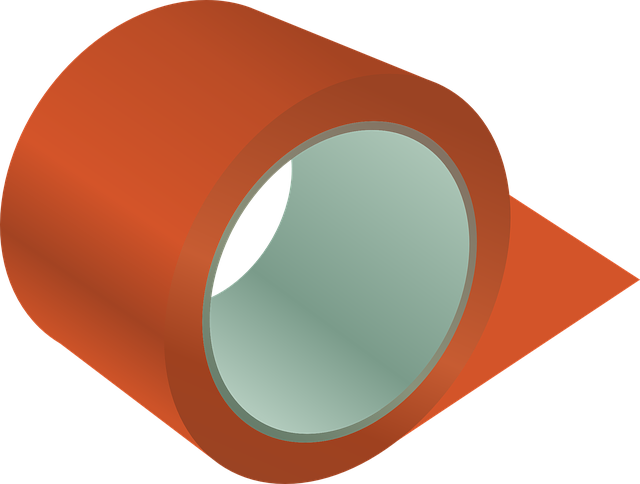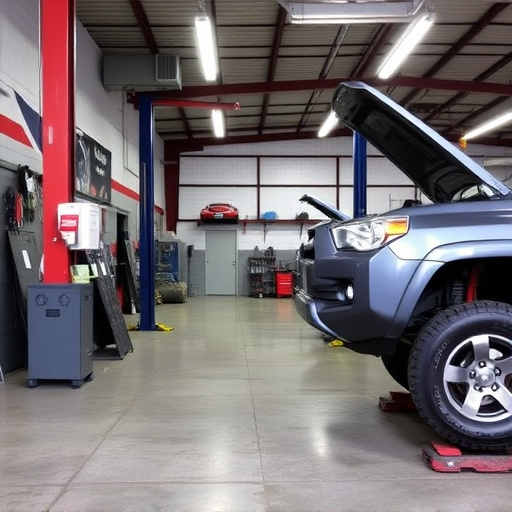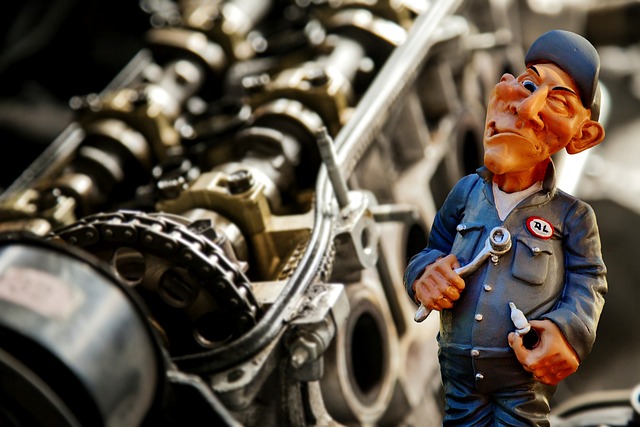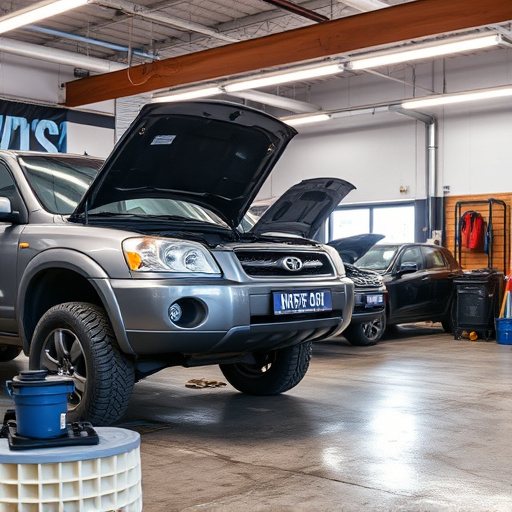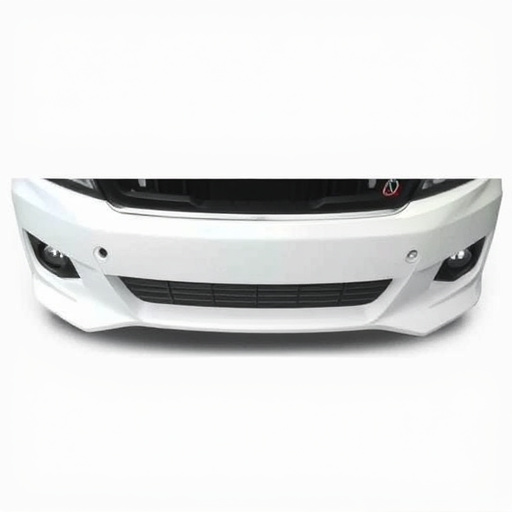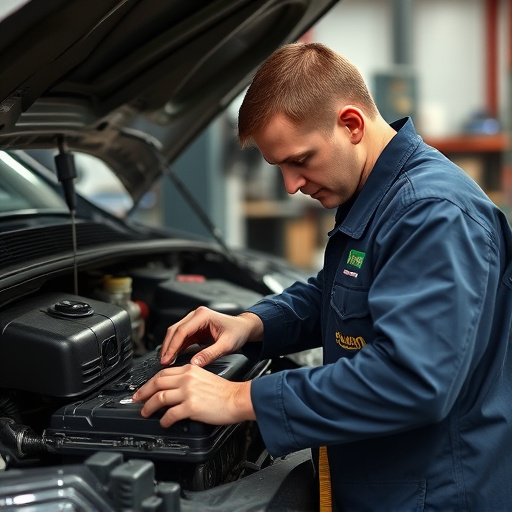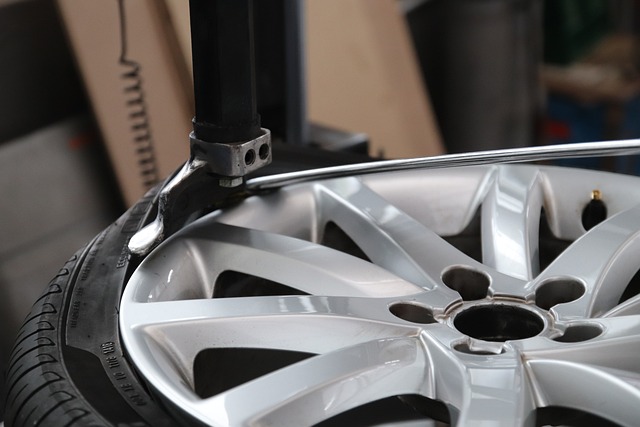Emerging flexible bumper repair technology streamlines car body repair processes, offering faster, more precise fixes with minimal painting, saving time and costs. This shift towards sustainability incorporates eco-friendly materials like composite natural fibers and bio-based polymers, reducing waste and carbon footprints. Advanced technologies enhance safety and reduce vehicle downtime for scratch repairs, ensuring aesthetic and performance recovery post-accident.
The future of automotive repair is here with innovative advancements in flexible bumper repair technology. This cutting-edge approach promises faster, more efficient, and environmentally friendly solutions for common vehicle damage. Unlocking streamlined repair processes, exploring sustainable materials, and integrating advanced safety technologies, the industry is revolutionizing how we fix busted bumpers. Get ready to discover a new era of flexible, swift, and green bumper repairs that enhance both vehicle aesthetics and road safety.
- Unlocking Efficiency: Streamlined Repair Processes
- Sustainable Materials: Eco-Friendly Bumper Alternatives
- Enhanced Safety: Advanced Technologies for Collision Repair
Unlocking Efficiency: Streamlined Repair Processes

The future of flexible bumper repair technology promises to revolutionize the way we approach car body repair. By streamlining the repair processes, this innovative approach aims to enhance efficiency and reduce turnaround times significantly. Traditional vehicle body shop methods often involve intricate and time-consuming steps for dent repair and car body repair, but new developments in flexible bumper repair are changing the game.
These advancements enable faster and more precise repairs, minimizing the need for extensive painting and finishing typically required in a typical dent repair scenario. The streamlined process not only saves time but also reduces costs, making it an attractive option for both vehicle owners and car body repair professionals. This technology is set to redefine the standards of flexibility and efficiency in the industry, ensuring a more sustainable and cost-effective solution for flexible bumper repair.
Sustainable Materials: Eco-Friendly Bumper Alternatives

The automotive industry is increasingly shifting towards sustainability, and this trend extends to collision repair as well. As consumers become more environmentally conscious, there is a growing demand for eco-friendly alternatives in flexible bumper repair. Traditional bumpers, often made from metal or hard plastics, contribute to significant amounts of waste in the event of damage. To address this issue, innovative materials are being developed for flexible bumper systems. These new materials offer not only durability and impact resistance but also biodegradability or recyclability.
Sustainable options include composite materials composed of natural fibers like bamboo or hemp reinforced with bio-based polymers. These materials reduce the carbon footprint associated with manufacturing and disposal compared to conventional car bodywork services. Additionally, some manufacturers are exploring the use of recycled plastics in flexible bumper repair, further minimizing waste from collision repair processes. By adopting these eco-conscious alternatives, body shop services can stay ahead of consumer preferences while contributing to a greener future for the automotive sector.
Enhanced Safety: Advanced Technologies for Collision Repair

The future of flexible bumper repair is all about enhanced safety through advanced technologies. As automotive design continues to evolve, the need for innovative collision repair solutions becomes increasingly vital. Traditional bumper repair methods often involve extensive bodywork and labor-intensive processes, leading to longer downtime and higher costs. However, with advancements in technology, flexible bumper repair has emerged as a game-changer.
Modern car restoration techniques now incorporate smart materials and advanced engineering to create bumpers that can absorb and dissipate impact energy more effectively. This not only reduces the overall cost of car damage repair but also minimizes the time required for scratch repair and restoration. As a result, vehicles can return to their pre-accident condition faster, ensuring both aesthetic appeal and improved safety on the road.
The future of flexible bumper repair looks promising, with technology advancing in both efficiency and sustainability. Streamlined repair processes using innovative materials offer quicker turnarounds while reducing environmental impact. Enhanced safety features ensure better collision repair outcomes. As these developments mature, consumers can expect more accessible, eco-friendly, and reliable flexible bumper repair options, revolutionizing the way we address automotive damage.


